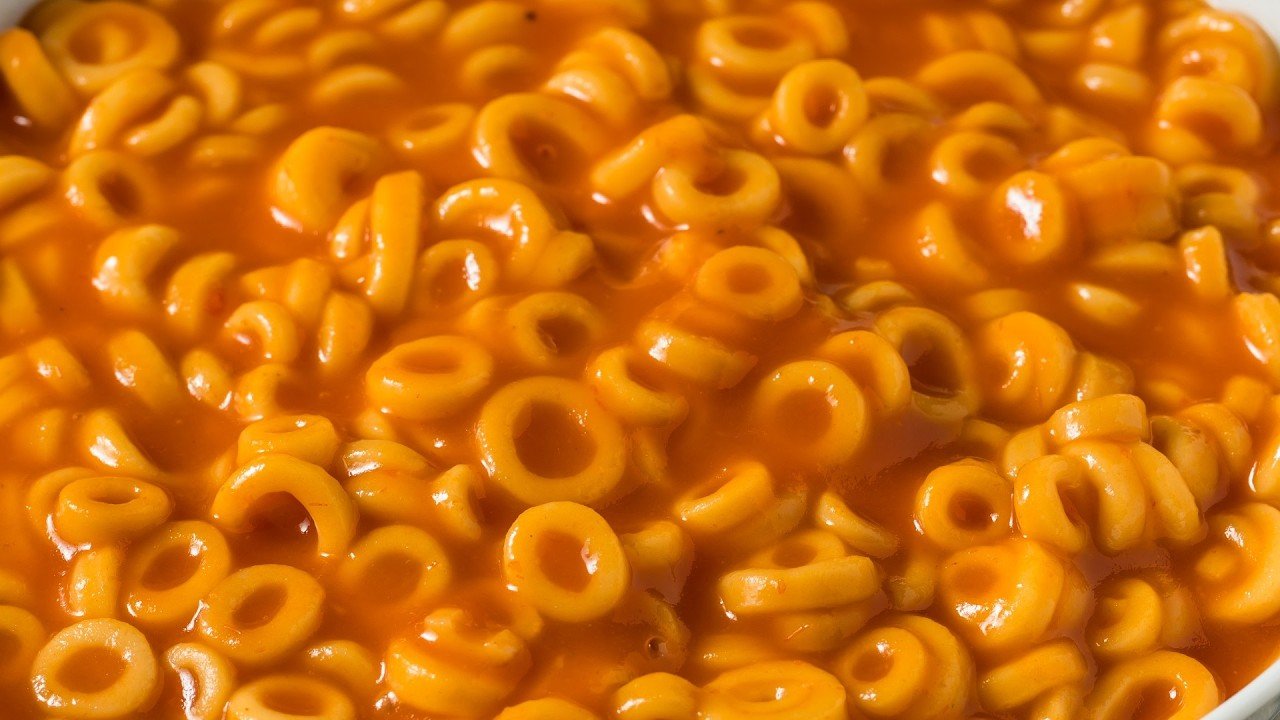Sausage enthusiasts often overlook the subtle differences between breakfast and Italian varieties, despite their prominent roles in everyday cooking. The two differ not just in taste profiles—breakfast sausage's mild sage and nutmeg versus Italian's bold fennel and anise—but also in their physical forms and culinary applications. These distinctions, while seemingly minor, greatly impact how each sausage performs in recipes and pairs with other ingredients. The exploration through these porky particulars reveals why choosing the right sausage matters.
The Battle of Distinctive Pork Sausages

With regard to popular pork products, breakfast sausage and Italian sausage stand as two distinct contenders on the culinary stage, each bringing its own unique characteristics to the table. While both are beloved meat options found in kitchens across America, the differences between them extend far beyond their names.
Breakfast sausage typically features ground pork seasoned with sage and nutmeg, creating a mild flavor profile that pairs perfectly with morning staples like eggs and pancakes. Italian sausage, meanwhile, delivers a more robust taste experience with its signature fennel and anise seasoning, which can range from sweet to mild to spicy depending on the type.
The humble breakfast sausage welcomes the day with sage and nutmeg, while Italian sausage boldly announces itself through fennel and varied spice profiles.
The physical differences between these sausages are immediately apparent upon inspection. Breakfast sausage comes in smaller, thinner links about three inches long or as flattened patties with a rustic texture, while Italian sausage presents as thicker, longer links measuring around six inches.
This size difference affects cooking time, with Italian sausage requiring longer to reach the safe internal temperature of 160°F. The substantial nature of Italian sausage means one link often suffices per serving, whereas breakfast enthusiasts might enjoy several of the smaller links to satisfy their morning appetite.
Both sausages have evolved to accommodate changing dietary preferences. Breakfast sausage now regularly appears in turkey, chicken, and even plant-based varieties, offering more alternatives than its Italian counterpart. Vegetarians can find plant-based brands like Tofurky, Lightlife, and Field Roast that offer excellent meat-free alternatives.
Cooking methods remain similar, with both types amenable to pan-frying, baking, or grilling, though oven temperatures differ slightly—325°F for breakfast sausage versus 375°F for Italian. The addition of fillers like oatmeal or rice in some commercial varieties can affect both texture and cooking properties.
Perhaps the most significant distinction lies in their culinary applications. Breakfast sausage, as its name suggests, remains largely confined to morning meals, while Italian sausage enjoys broader versatility, adding its distinctive flavor to pasta dishes, pizza, sandwiches, and multiple dinner entrées. For those seeking convenience, canned varieties of both sausage types can provide quick protein options without extensive preparation. When planning your pantry, consider stocking shelf-stable meats to ensure you always have protein options on hand for quick meals.
This flexibility makes Italian sausage a more adaptable ingredient for cooks looking to experiment beyond traditional breakfast fare.









